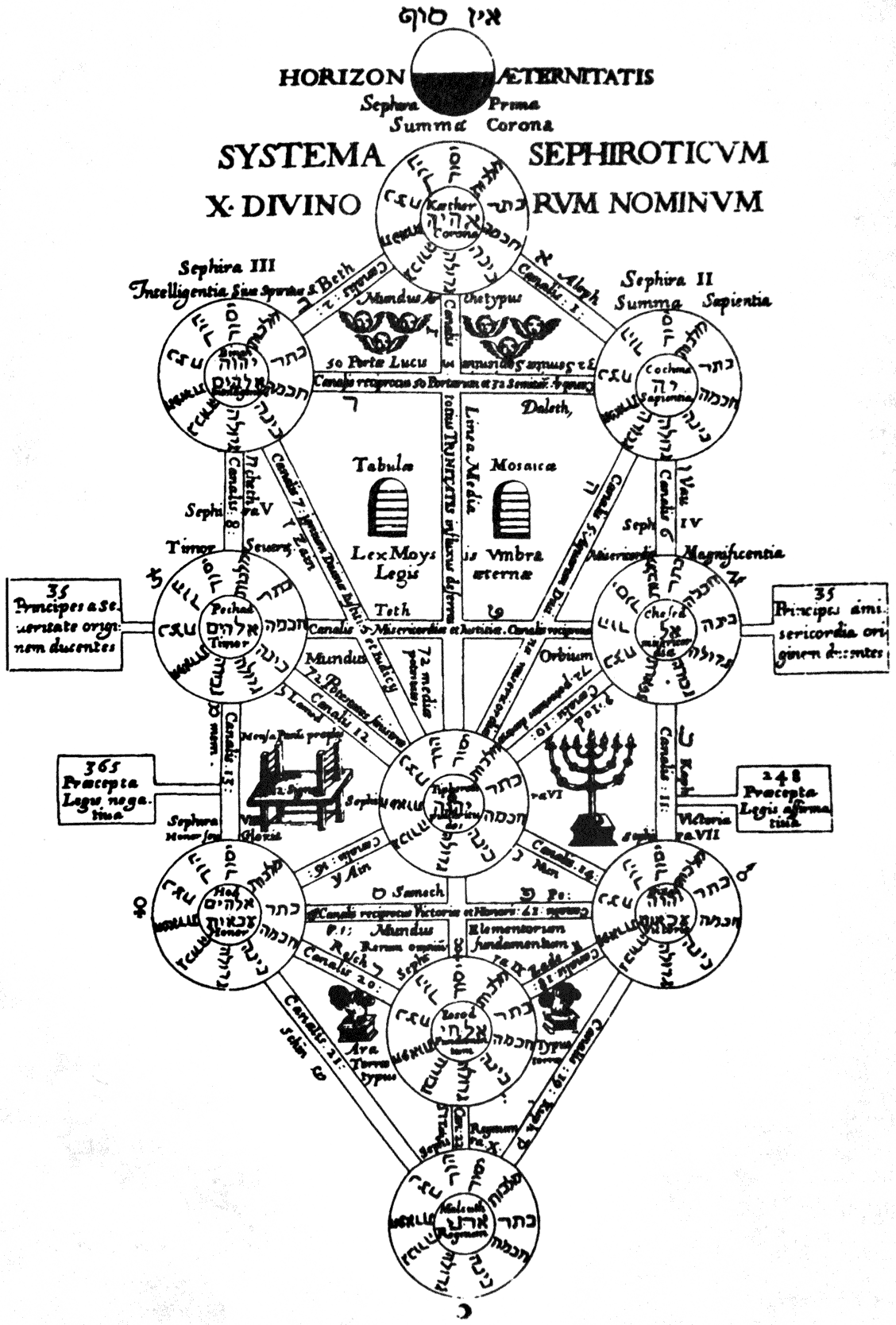13/6/12
Portulanos
Detail of the Catalan Atlas of 1537. Names are
written head down on the photo, because of the way they are written
following the coastline.
Las cartas portuláneas, también conocidas por el nombre de portulanos, son mapas que hicieron posible el uso de la brújula. Aparecen en el siglo XIII y continúan elaborándose en varias centurias, incluso muy avanzada la Edad Moderna, aunque son productos típicos de los s. XIV y XV principalmente. Se caracterizan por tres circunstancias:
- a) son como los actuales mapas noteados.
- b) tienen como fondo una retícula trazada a base de los rumbos o líneas de dirección de la rosa de los vientos.
- c) son mapas con escala gráfica llamada tronco de leguas.
La cartografía alcanzó un gran desarrollo gracias a los portulanos.
6/6/12
Print Fiction


Print Fiction
Curated by Michael Alfred
Today is the launching of Print Fiction, an online virtual exhibition curated by Michael Alfred who has created this virtual space as part of his graduation at school of visual arts (HGB) in Leipzig, Germany.
Print Fiction shows printed based works from different well known artists and graphic designers into a digital environment. The space was built using Unity engine and presents a minimalist architecture, a simple cube divided itself in 8 rooms, all connected through a hole in the edge on the middle of the cube. The walls are semitransparent allowing the visitor to see the other artworks through the walls. The navigation is really simple and intuitive by using the arrow keys or [w, a, s, d] and the direction is contolled by the mouse. By clicking on each work it’s possible to read about their information and credits. Also in one of the rooms there is another hole on the corner, to scape to the awesome “Aurora” universe where the viewer can see the “gallery” from outside.
“Artists and graphic designers present printed matter – such as books, posters or magazines – in the digital environment of web-portfolios. There are a few examples of printed matter which pretend their physical dasein throughout the web without ever getting produced or even being published in the “real world”. Thereby the digital presentation of those fictive products is guided by their analogue realizability. Actually there are no limitations to the enactment of fictive printed-products in the net. Therefore the exhibition “Print Fiction” wants to encourage artists and graphic designers to ask how utopias of printed matter can look like.
The display of fictive printed-matter on computer-screens is certainly not new. There have been folders or imitations of paper in writing programs that seem to be analogue since the beginning of desktop-publishing. Old analogue structures are upheld to ease the orientation within a graphical user interface. But the display of fictive printed-matter is herein extended by the expression of artistic examination.
Paper necessitates a completed work. The digital intercommunication replaces the completed and written corpus of information with a continuous process. This transformation is in full progress – will it come to an end after all? “Print Fiction” is about developing new figures and forms of expression for existing models within a process. The examination should be primarily artistic to create – independent from economic purposes – visions and reflexions of these new figures of fictive products. What conditions make reality shapeable? Which design elements are imaginable?
The form of the “Print Fiction” exhibits shall be understood in the widest sense: Poster, paper-spreads, 3D-sculptures or utterly different. The exhibition-space will be a 3D-environment, accessible via web browser. All visitors will be able to navigate within the exhibition in a first-person perspective similar to a computer-game. “Print Fiction” will take place end of May 2012 at printfiction.net”
Print Fiction
Curated by Michael Alfred
Alexander Lis, Claudia Klat, Dan Solbach, Hanna Nilsson, Joel Evey, Jonas Wandeler, Kim Asendorf, Lauren Francescone, Lisa Pepita Weiss, Marek Jung, Martin Cole, Martin Kohout, Michael Alfred, Pinar Viola, Rasmus Svensson, Tim Heiler, Travess Smalley.
From Ilikethisart.
Etiquetas:
Online exhibition,
virtual archive
Suscribirse a:
Entradas (Atom)




